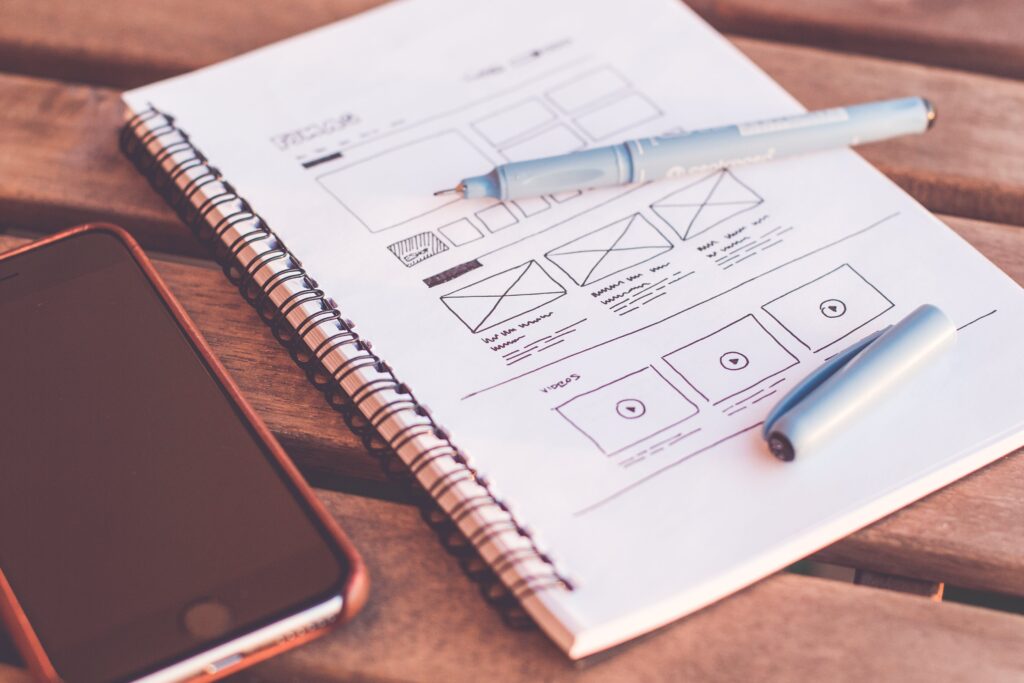In the world of product development and design, the term “prototype” holds a significant place. It embodies the essence of innovation, serving as a crucial element in the journey from conception to a tangible, functional creation. But what exactly is a prototype? Why is it such a vital component in the development process? Let’s delve into the depths of this fundamental concept to understand its importance and varied manifestations.
Unveiling the Prototype
A prototype is a preliminary model or version of a product that allows designers, engineers, and creators to visualize, test, and refine their ideas before the final product is manufactured. It’s a tangible representation, often incomplete, showcasing the essential aspects of the intended final product. Prototypes come in various forms, ranging from simple sketches, basic mock-ups, to more advanced, high-fidelity models.
The Purpose of Prototyping
Prototyping serves multiple crucial purposes in the innovation process:
- Visualization: It enables creators to see and experience their concepts in a physical or digital form, providing a clearer understanding of the final product’s potential.
- Testing and Validation: Prototypes allow for early-stage testing to identify design flaws, functional issues, or user experience problems. This iterative process saves time and resources by rectifying problems before reaching the final production phase.
- Communication and Collaboration: Prototypes facilitate better communication between designers, engineers, stakeholders, and potential users. Visual representations make it easier for teams to convey and discuss ideas, leading to more effective collaboration.
- Gathering Feedback: They serve as a medium for collecting feedback from potential users or stakeholders. This input is invaluable in refining the product to better meet the intended requirements and expectations.

Diverse Applications of Prototypes
The significance of prototypes extends across various industries. In the world of technology, software prototypes are developed to test functionalities and user interfaces, ensuring a smoother and more intuitive user experience. Similarly, in architecture and industrial design, physical models help in visualizing structures and products, enabling architects and designers to refine their concepts before construction or manufacturing begins.
Prototypes also play a crucial role in fields like engineering and medicine. In these domains, prototypes are employed to test and improve the efficiency and safety of machinery and medical devices. From complex machinery to life-saving medical equipment, prototypes serve as a safety net to detect flaws and enhance performance before the final product reaches the market.
The Iterative Nature of Prototyping
One of the defining characteristics of prototyping is its iterative process. Prototypes are rarely the final product; instead, they evolve through multiple iterations. Each iteration incorporates feedback, adjustments, and improvements based on testing and evaluation. This cyclical process of design, test, feedback, and refine continues until the prototype aligns with the desired specifications and fulfills its intended purpose.
Impact on Innovation
The impact of prototypes on innovation cannot be overstated. They are a driving force behind breakthroughs and advancements. By allowing room for experimentation and refinement, prototypes encourage creativity and risk-taking. They provide a safe space to explore and push boundaries, ultimately leading to groundbreaking discoveries and revolutionary products that shape the world we live in.
Conclusion
In the world of innovation, a prototype stands as a symbol of progress, a tangible representation of ideas taking shape. It is the conduit through which creativity and feasibility converge. Prototypes enable us to bridge the gap between imagination and reality, allowing for the transformation of visionary ideas into tangible, impactful realities. As we continue to innovate and push the boundaries of what is possible, the role of prototypes remains central, guiding us towards a future of endless possibilities.